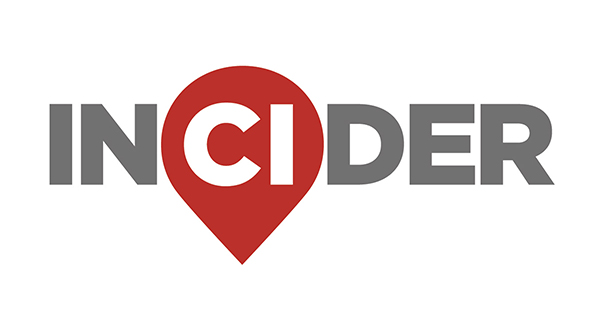As FBISD enters its third consecutive year of needing to use general fund revenue to support the health fund, Chief Financial Officer Bryan Guinn emphasized the importance of supporting employees without forcing them into difficult trade-offs.
“The last thing we want to do is have employees have to decide between putting food on their table or offering adequate insurance for their loved ones,” Guinn said. “We're working together to come up with solutions for the upcoming 2026 benefit plan year that will try and stabilize our benefit plan, but to do that in a way where it doesn't impact employees too much.”
The backstory
In March, Guinn estimated a $18.6 million shortfall for the upcoming fiscal year 2025-26 budget, according to board documents. With the addition of $15 million in the district’s adjusted health care contribution, he said the projected shortfall now sits at $34.6 million.
The health insurance year runs from January to December, Guinn said. In the past two years, the district had to make one-time general fund transfers to avoid deeper deficits—$7.2 million in FY 2023-24 and $12.1 million in FY 2024-25.
“If we increase the district contribution, that increases our cost, [but] if we increase our health import employee premiums, that increases what [employees] pay out of pocket for their plan,” Guinn said. “So it's a very delicate balance on all this.”
Current situation
The district offers three main medical providers: Surest, Kelsey-Seybold and Choice HSA. The Surest provider, where most employees are enrolled, has become the most expensive for employees’ out-of-pocket cost and the district’s contribution, said LaShonda Walls, director of employee benefits and wellness.
Despite FBISD contributing more to employee health insurance than other districts in the Houston area, health insurance costs haven’t been contained, Gallagher benefits consultant Derek Eacho said.
“Whether it's having your spouse on the plan, your children on the plan or your whole family, [FBISD] continues to outpace our neighbors in that regard,” Eacho said. “Unfortunately, those costs have [increased].”Walls said the key cost drivers of insurance plans include a:
- 14.9% increase in medical inflation, with inpatient hospital stays rising from $29,000 to $33,000 per admission in 2024
- 12.7% increase in pharmacy claims, including newer GLP-1 medications for diabetes and weight management, adding over $5 million in costs to the district’s overall health plan costs
- 9.3% increase in high-cost claimants, defined as individuals whose annual treatment exceeded $245,000, up from the usual 20% in 2024
District officials are now preparing for its 2026 benefits update, which district officials said they hope could bring significant changes to plan offerings and vendors while avoiding abrupt back-to-back changes for employees, Walls said.
During the 2025-26 school year, Guinn said district officials would evaluate:
- Reductions or modifications of the Surest plan
- Co-pay and co-insurance adjustments
- Ancillary benefits such as dental, vision, life and disability for potential cost-savings





